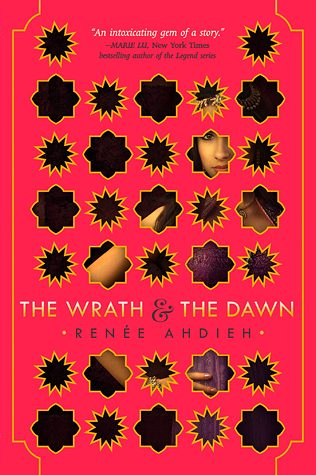Ahdieh duology flaunts strong female protagonist
 brsanderswrites
brsanderswrites
Inspired by “Arabian Nights”, “The Wrath and the Dawn” duology written by Renée Ahdieh unfolds the tale of a dangerous love between a cursed king and a young woman seeking vengeance. Every night, Khalid the Caliph of Khorasan takes a new bride only to have her executed at dawn. When sixteen-year-old Shahrzad’s best friend marries the Caliph and ends up murdered like countless other young women, she volunteers to become the killer king’s next bride in order to seek revenge.
Relying on her wit and courage throughout the night, Shahrzad manages to be the first bride to live past sunrise. Surviving as long as she can in the palace, Shahrzad soon learns the cruel king isn’t who he appears to be, and that there might be more behind the murders than she thought.
Ahdieh’s writing remains consistent and lush throughout the two books in the duology, introducing complex characters with intense judgments and enthralling motivations. The love story of the novels offers an original, almost rare, concept that consists of a dangerous, edgy relationship and seductive language.
Although the writing is simple, the characters complex, and the story-telling riveting, each book has a bit of a drag in the plot at some points, especially in the second book. The slow pace of the novels may lose the interest of the reader for a few chapters or so, but the interactions between characters and unique storytelling can just as easily draw the reader’s attention right back.
A great feature of the series is the strength shown in the women despite the setting being patriarchal. Set in a place similar to past Saudi Arabia, men are the rulers, fighters, and heads of families. While the author does a good job with the realism of the setting and culture, she also makes sure to add in strong, courageous female characters that are memorable and overshadow the men. With characters like Shahrzad, it is clear that she is the hero of the story.
“The Wrath and the Dawn” duology contains exceptional writing and compelling characters in a setting not often explored. Not only does it provide insight into Arabian culture, but also an insight into Arabian-based fairy tales and stories. The novels prove that a story can be realistic in regards to its setting and culture, as well as still being able to show the strength of women, even in times where men were considered superior.
 (4 / 5)
(4 / 5)
